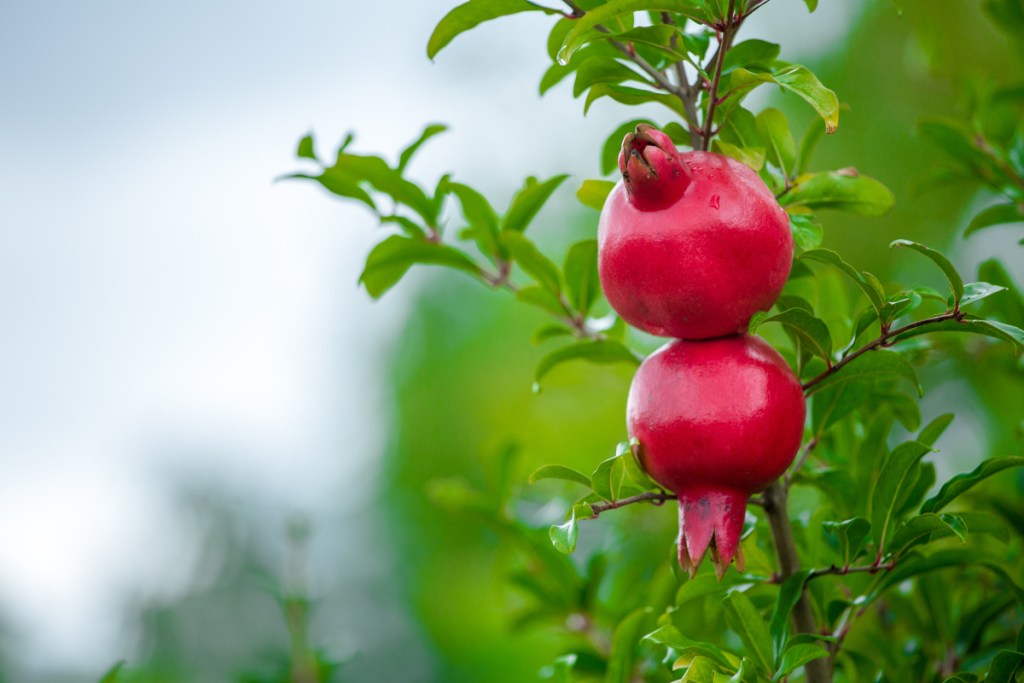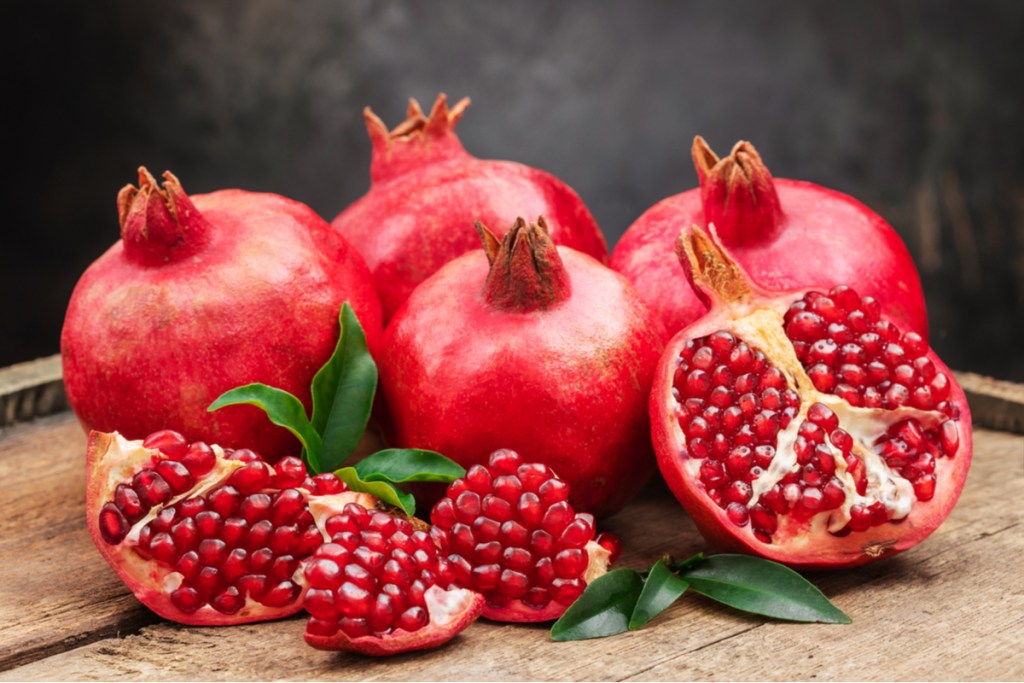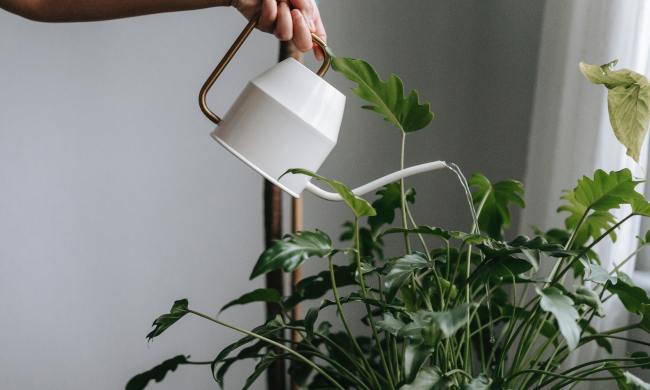Plenty of gardeners know how rewarding it is to grow their own crops — cucumbers, tomatoes, melons, herbs, just to name a few — and be able to use fresh produce in their meals. However, unless you live in certain climates, it isn’t as likely that you’ll be able to grow your favorite fruits on trees outdoors. Like many fruit trees, though, growing pomegranates in containers isn’t particularly difficult as long as you do your research and have the time and patience to provide the best care you can.

The best variety to grow
Most crops have dwarf varieties that are better suited for container growing than regular ones. The average pomegranate tree can grow up to 30 feet tall, which wouldn’t be ideal for growing inside your dining room or on a back patio! The dwarf varieties, however, tend to resemble shrubs more than trees and can grow to a modest size. The fruit they bear will be smaller, but you can prune the pomegranate tree to your preferred shape and won’t have to worry about transplanting it outside.
One of the most popular ones at your local nursery is the Wonderful variety. Be aware that some dwarf varieties of pomegranate trees are actually ornamental and won’t produce fruit, so you should research closely before purchasing. Unfortunately, unless you have seed from a dwarf variety pomegranate, you’ll have to start with an existing tree before attempting to grow new ones from the seed.
Preferred growing conditions
Pomegranate trees are hardy in USDA zones 7 through 10. Outside of that, you may find yourself needing supplemental products like grow lights and humidifiers to increase your tree’s happiness. They enjoy a lot of lighting but can tolerate some shade — just be sure the ratio is in favor of more light than shade.
The frequency of your watering will vary depending on things like the time of year, the temperature, the amount of light the plant gets, the size of the plant, and the size of the pot. Generally, though, pomegranate trees don’t like to be overwatered. They’re somewhat drought tolerant, preferring damp soil over soaked soil. You should let a couple of inches of the soil dry out between watering, and make sure that the pot you use has good drainage (and well-draining soil!) so the excess water has a place to go.
As your pomegranate tree grows, you’ll want to pay attention to the pot and be mindful of the roots. Even though this is a dwarf variety, the first container you use may not be the last. Your pomegranate tree will need to be repotted once you notice the plant looking a bit large for the space or see roots protruding from the bottom of the pot.
What you’ll need for successful growth
The most important thing to successfully grow a pomegranate tree is the environment. Make sure the location has enough light and airflow, as well as enough space for your tree to grow big and strong. You should also have a good pair of pruning shears on hand so you can trim branches and promote strong, healthy growth.
If you need to supplement the environment — like grow lights, fans, humidifiers, etc. — you should set them up in the space before you bring your pomegranate tree home. That way, you don’t have to worry about your tree slowly deteriorating while you wait for that last light to arrive in the mail.

Do you still need to prune your container-grown tree?
Of course! This goes for any indoor plant, too. Regular pruning is very important to not only remove any dead or dying tissue, but to also promote healthy growth. Pruning will give the tree a chance to direct its energy to the strongest foliage.
Younger pomegranate trees will produce shoots toward the base of the plant. It’s ideal to allow only a few of them to grow so you don’t crowd your plant, and prune the rest. Aside from general shaping, any dead branches should be pruned in the spring. This is when the tree will be coming out of its winter dormancy period, and you’ll be able to see what’s no longer viable. Getting rid of the dead branches allows your tree to focus on strengthening the live ones.
Harvesting and maintaining your new tree
If after two years your tree hasn’t started bearing fruit yet, don’t worry! Your pomegranate tree won’t begin to produce until at least five years old, so, be patient. Once it does, though, you should wait until the fruit is deep red in color to harvest with sterilized cutters. This will allow the fruit to mature and be as tasty as possible! From there, simply follow all the steps discussed here, and your pomegranate tree will continue rewarding you with fruit year after year.
Growing any tree in a container can seem a bit crazy, but something as exotic and delicious as a pomegranate growing on your counter? It’s almost too good to be true. By following these steps — and embracing a bit of trial and error — we’re confident your pomegranate tree will flourish for years to come.


